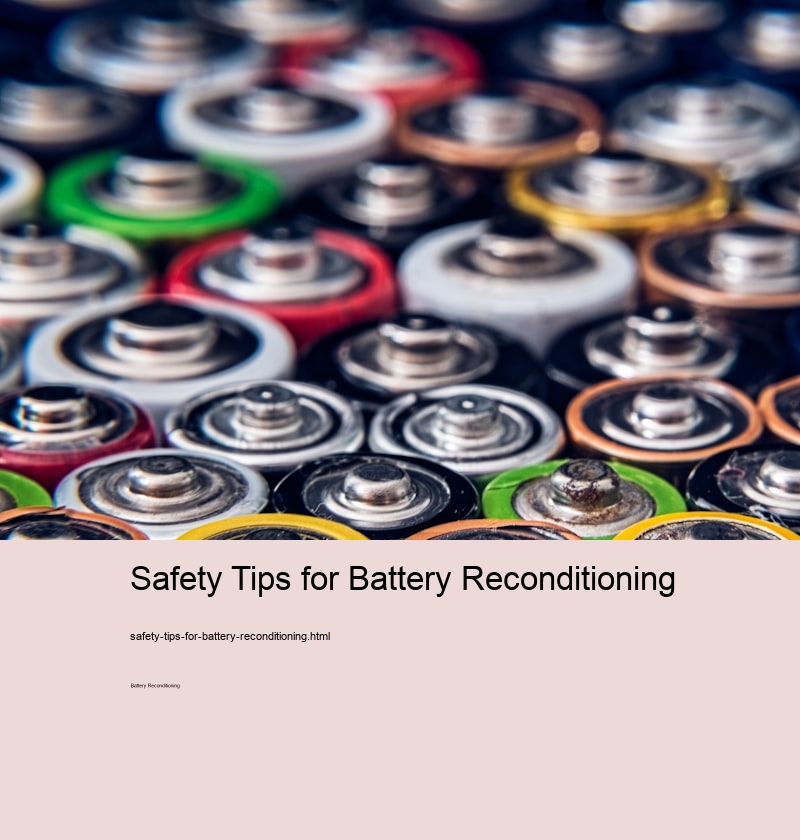Safety Tips for Battery Reconditioning
Battery Revival Techniques
This approach supports recycling efforts and promotes a more sustainable method of managing used batteries. Using non-specific chargers or applying incorrect voltages can also damage the battery further rather than reviving it. Lithium-Ion Battery Reconditioning Conservation of ResourcesBattery production is resource-intensive, involving the extraction and processing of metals like lithium, nickel, and cobalt.
By reducing the need for frequent replacements, we lower the demand for new batteries which in turn decreases resource extraction and waste production associated with manufacturing processes. In effect this means,DIY battery restoration projects are not as straightforward as they might seem on paper; they encompass various technical challenges that require precise knowledge in chemistry and electronics along with strict adherence to safety protocols.
A fully charged battery will have a higher voltage compared to one that is depleted. Misidentifying your battery type can not only make your efforts futile but can also be dangerous, potentially leading to battery leaks or explosions.
In reality, while many types of batteries can indeed undergo reconditioning to add to their usable life, every battery has a natural lifecycle which eventually ends. Desulfation ProcessDesulfating a lead-acid battery requires careful charging using specialized techniques such as pulse charging or using chemical additives like Epsom salt solution mixed into each cell's electrolyte solution.
